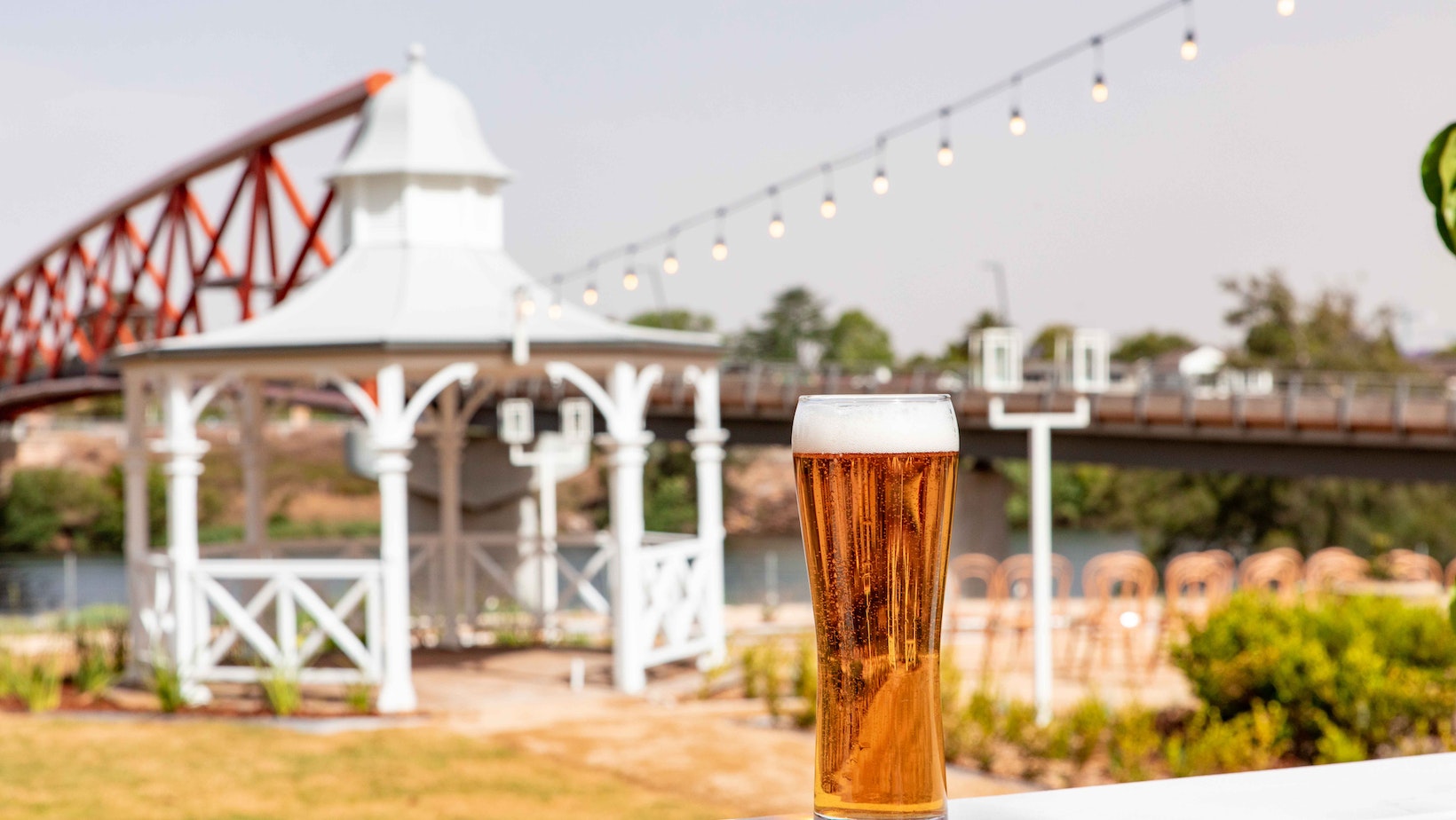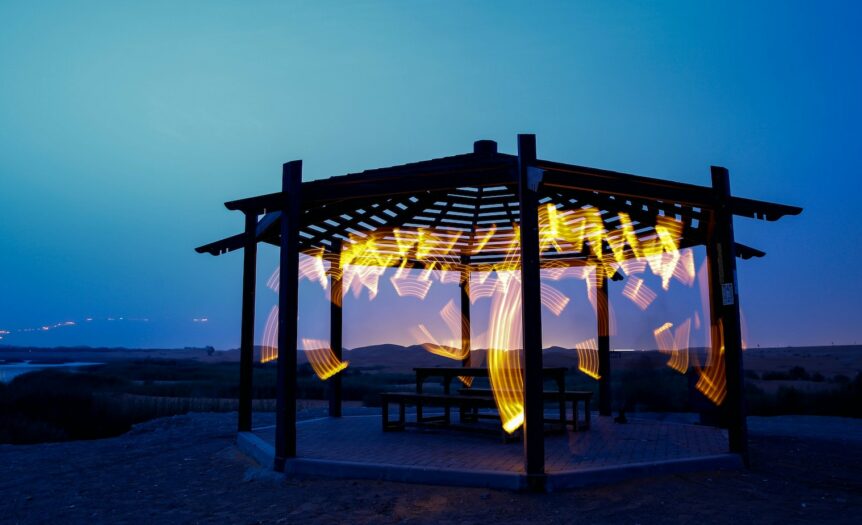Gazebo Vs Pavilion
When it comes to outdoor structures, both gazebos and pavilions offer a charming and functional addition to any backyard or garden. While they share similarities in their purpose of providing shade and a gathering space, there are distinct differences between the two. In this article, I’ll delve into the characteristics of gazebos and pavilions, helping you understand which one might be the best fit for your outdoor space.
Let’s start by defining what a gazebo is. A gazebo typically features a round or octagonal shape with an open design supported by pillars or columns. It often has a roof but lacks walls, allowing for ample airflow while still offering protection from the elements. Gazebos are ideal for creating an intimate space for relaxation or hosting small gatherings such as tea parties or outdoor ceremonies.
On the other hand, pavilions are more spacious structures that provide shelter from sun and rain while accommodating larger groups of people. They have a rectangular shape with solid walls and a roof supported by sturdy posts or beams. Pavilions are perfect for large gatherings like family reunions, weddings, or community events where ample seating is needed under cover.
By understanding the key differences between gazebos and pavilions, you can make an informed decision about which structure will better suit your needs. Whether you’re looking for an intimate retreat or a spacious venue for entertaining guests outdoors, both options offer unique benefits that can enhance your outdoor living experience.

Design and Structure
When it comes to comparing gazebos and pavilions, one of the key factors to consider is their design and structure. Both structures offer their unique characteristics that can greatly impact the overall aesthetics and functionality of your outdoor space.
Gazebos are known for their charming and elegant designs. They often feature octagonal or hexagonal shapes with open sides, allowing for a 360-degree view of the surroundings. Gazebos typically have a solid roof supported by columns or posts, providing shade and protection from the elements. This design makes gazebos perfect for creating cozy outdoor seating areas or serene spots for relaxation.
On the other hand, pavilions tend to have a more spacious and versatile design. Pavilions are often rectangular in shape with a solid roof supported by sturdy beams or trusses. Unlike gazebos, pavilions usually have open sides as well, but they can also be enclosed with screens or curtains for added privacy. With their larger size and open layout, pavilions can accommodate various activities such as hosting gatherings, dining al fresco, or even housing outdoor kitchens.
In terms of structural durability, both gazebos and pavilions are constructed using high-quality materials such as wood, metal, or vinyl. However, since gazebos tend to be smaller in size compared to pavilions, they may require less maintenance over time. Pavilions being larger structures may need regular upkeep like checking for any signs of wear and tear on the roof or beams due to exposure to weather conditions.
Ultimately, deciding between a gazebo and a pavilion depends on your specific needs and preferences regarding design style, space requirements, and intended use. Whether you envision an intimate oasis in your backyard with a gazebo’s intricate details or a versatile outdoor entertainment area with a pavilion’s expansive layout – understanding the differences in their design and structure will help you make an informed decision that suits your outdoor living space perfectly.






